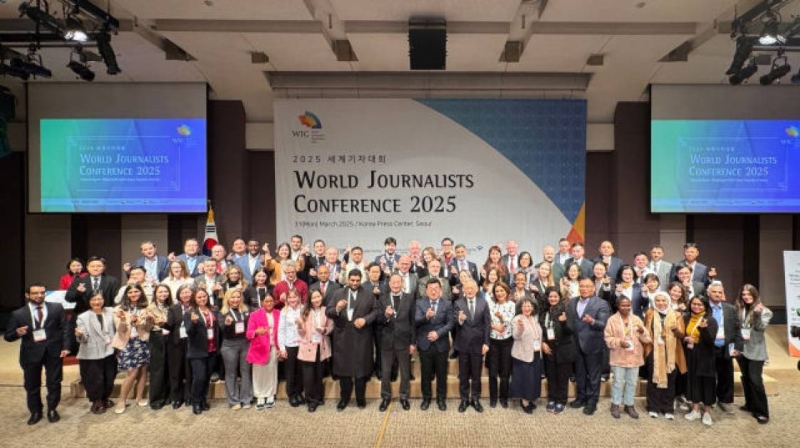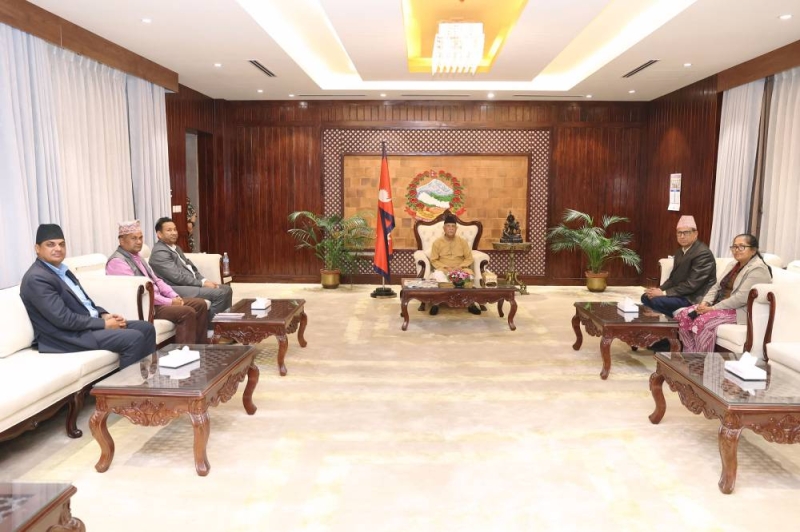Enable, equip UGC to play proper role
Enable, equip UGC to play proper role
Published: 12:00 am Mar 26, 2004
Bidur Prasad Upadhyay
University Grants Commission (UGC) is the apex body for university education in Nepal. It was established in 1994. The establishment of such a body was recommended by the National Education Commission 1992, in the context of the introduction of multi-university system in Nepal. The primary objectives of instituting the UGC was to promote and coordinate university education, assess the needs in terms of funding the universities and advising the government on various issues related to universities. The arrangement was also to safeguard the autonomous character of the universities.
There are five universities and two medical institutions deemed to be university in Nepal. The Tribhuvan University with its 61 constituent campuses accounted for about 66 per cent and together with its 278 affiliated campuses accounted for about 94 per cent of the total student population in 2000/2001. Mahendra Sanskrit was established in 1986. In 1992 Kathmandu University was setup in Dhulikhel with private sector funding as a non-governmental university. Purbanchal University and Pokhara University were established with the government initiative as a regional level university. But their status is not well specified.
The basic principle on which the UGC has been instituted in Nepal is that it will deal with the government specially with the ministry of education and sport on behalf of the universities of Nepal. The UGC, after necessary assessment and scrutiny of the programmes including needs and demands, determines the requirements of the universities and places them before the government for necessary approval. This provides an opportunity for the universities to present their programmes for detailed discussion with the UGC before finalisation of the proposals. The UGC performs the arduous task of convincing the government about the needs of the universities and thus work as a coordinating body between the government and the universities. The arrangement safeguards the universities against undue political influence and helps the government avoid dealing directly with the universities.
It is evident that the responsibilities of the UGC for the betterment of higher education are enormous. To bear these responsibilities, proper policy formulation and adoption is essential. The UGC at present is effortful towards this direction. In the meantime, in order to formulate policies for allocating funds, a team appointed by UGC has recommended some recommendations to the government such as these. The government should allocate 15 per cent of total national budget to education sector and out of this allocation, 30 per cent to higher education; universities should be classified into three categories for funding purposes — substantially funded by government, partially funded by government and substantially funded by private sector; grants should be provided under four headings — maintenance, development, incentive and special.
Nepal has made poverty alleviation a major goal in its Tenth Five Year Plan, but the efforts do not seem to have yielded desired results. In this respect, the role of higher education does not seem to have been given due attention. However, higher education helps build social capital formulation, a vital link for sustained growth and poverty reduction.
Hence, higher education system must be designed in such a way as to link job market, prepare human resource to provide needed scientific and entrepreneurial orientation and develop resources capable addressing permanent challenges.
Upadhyay is a professor at Tribhuvan University





